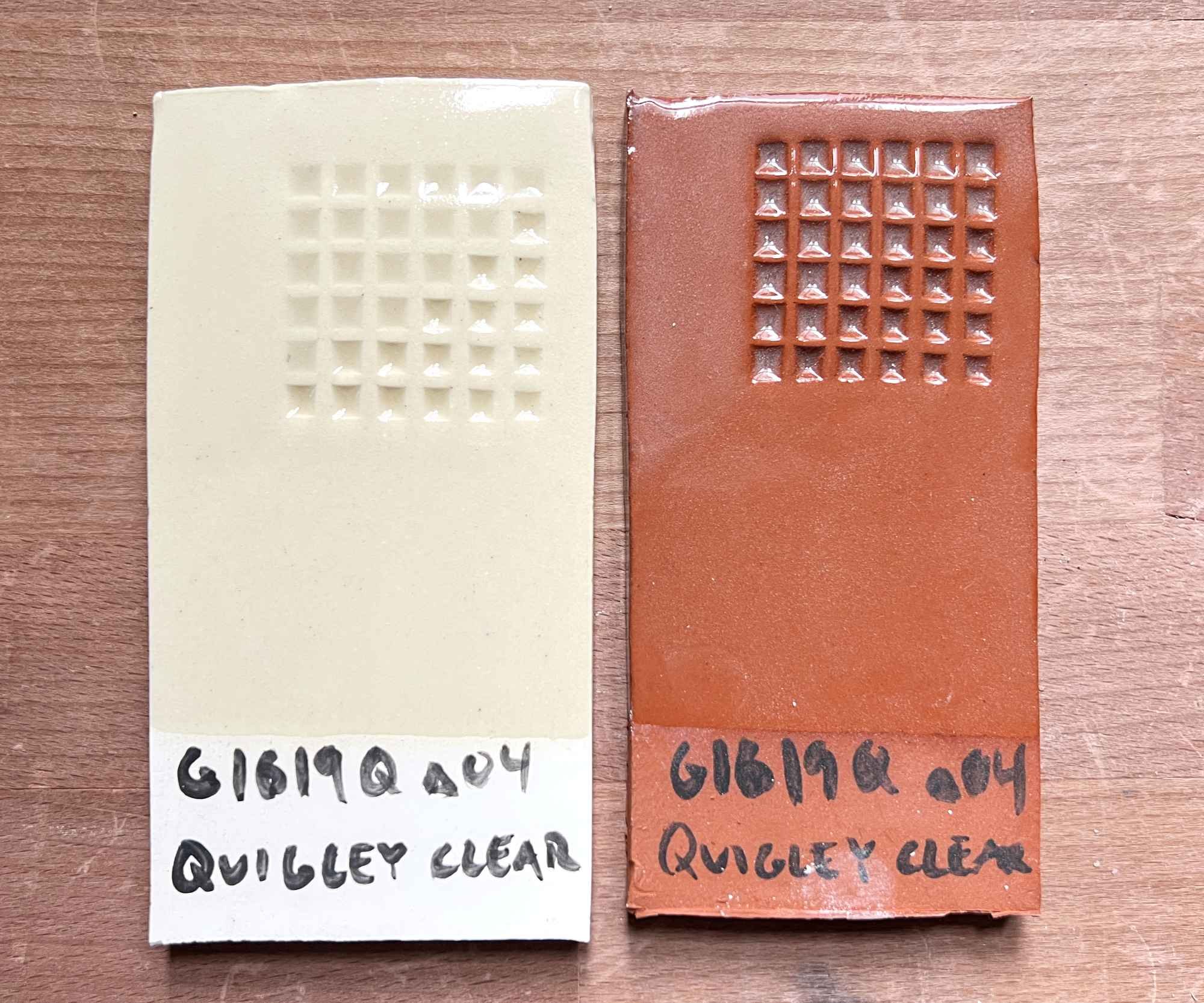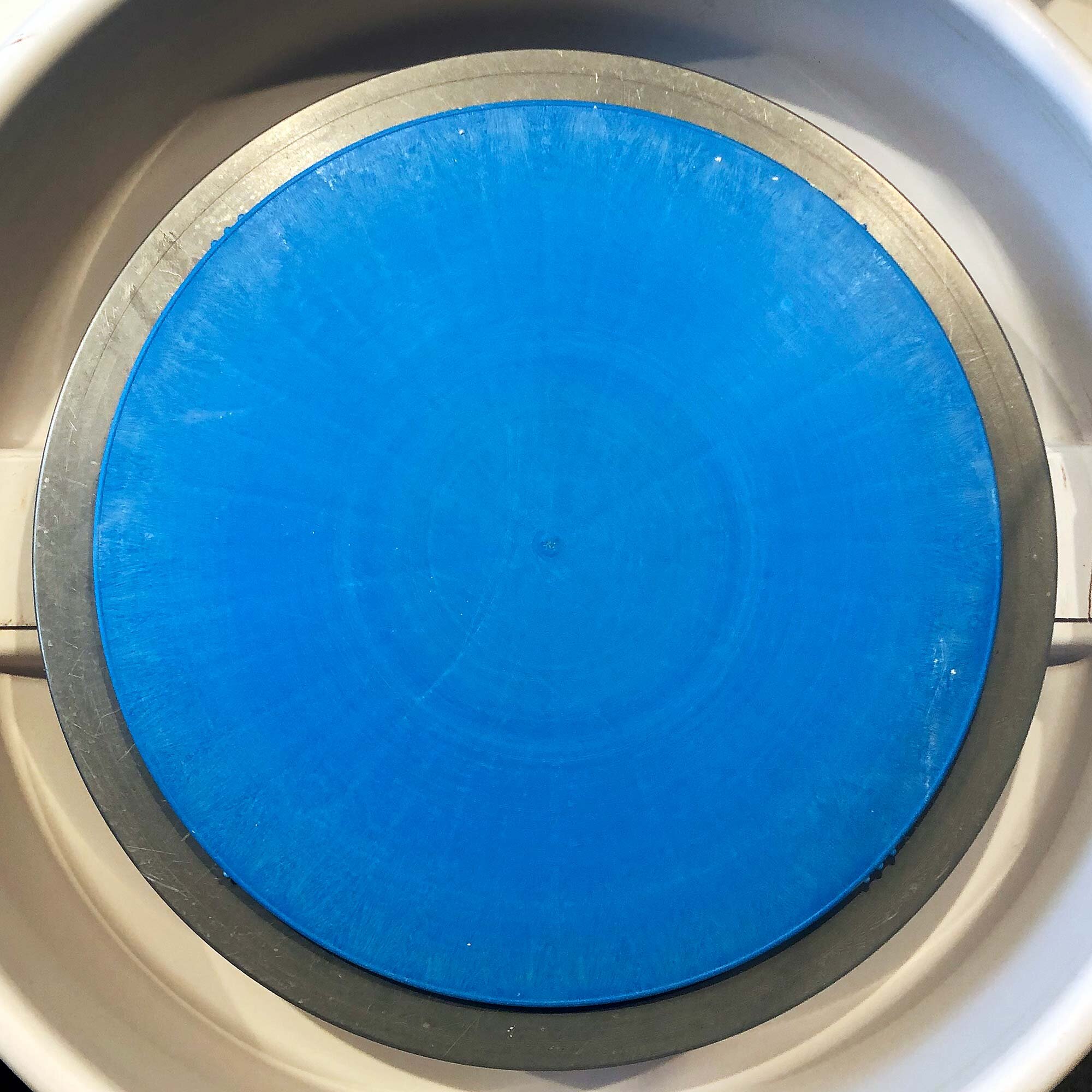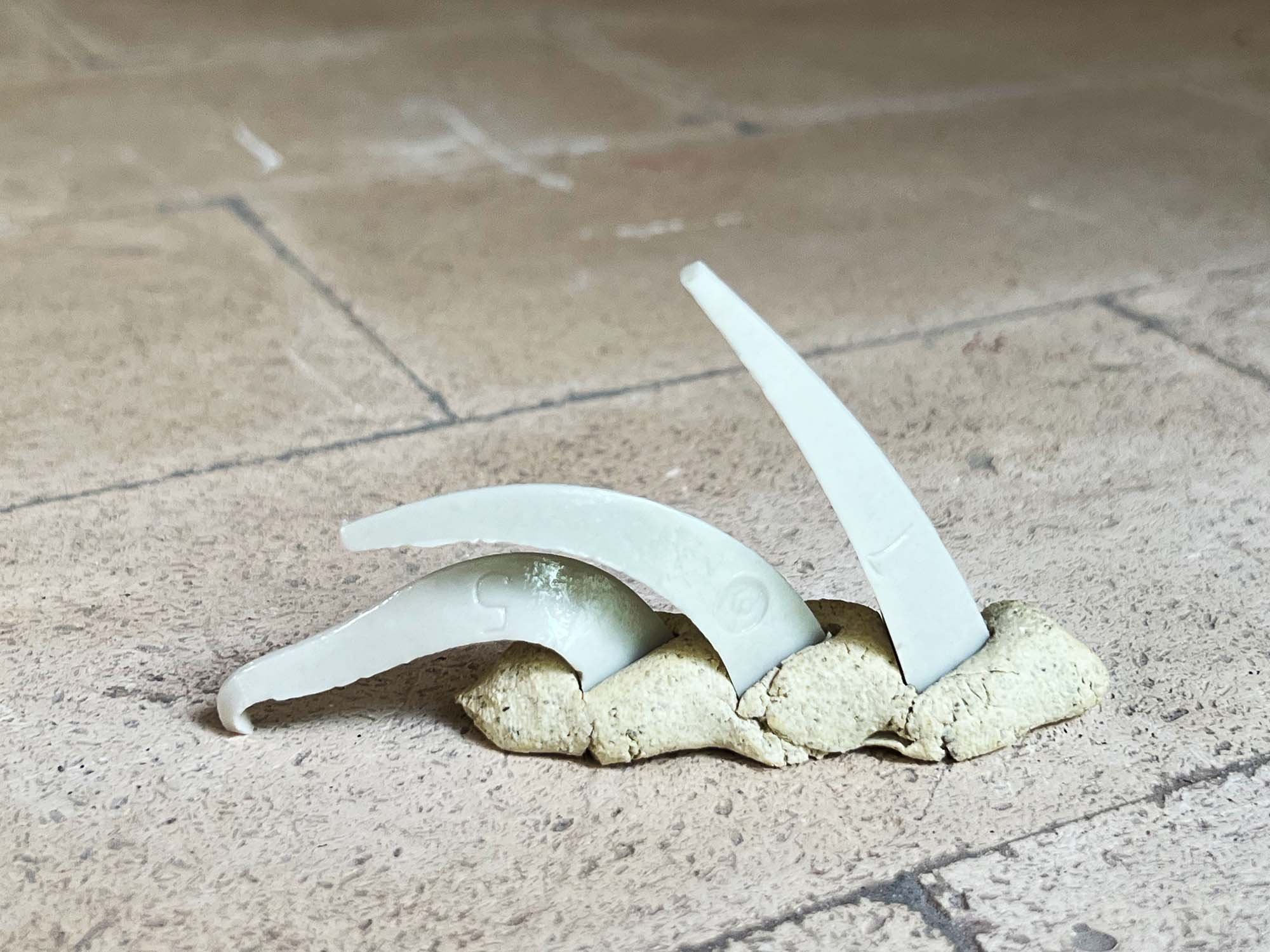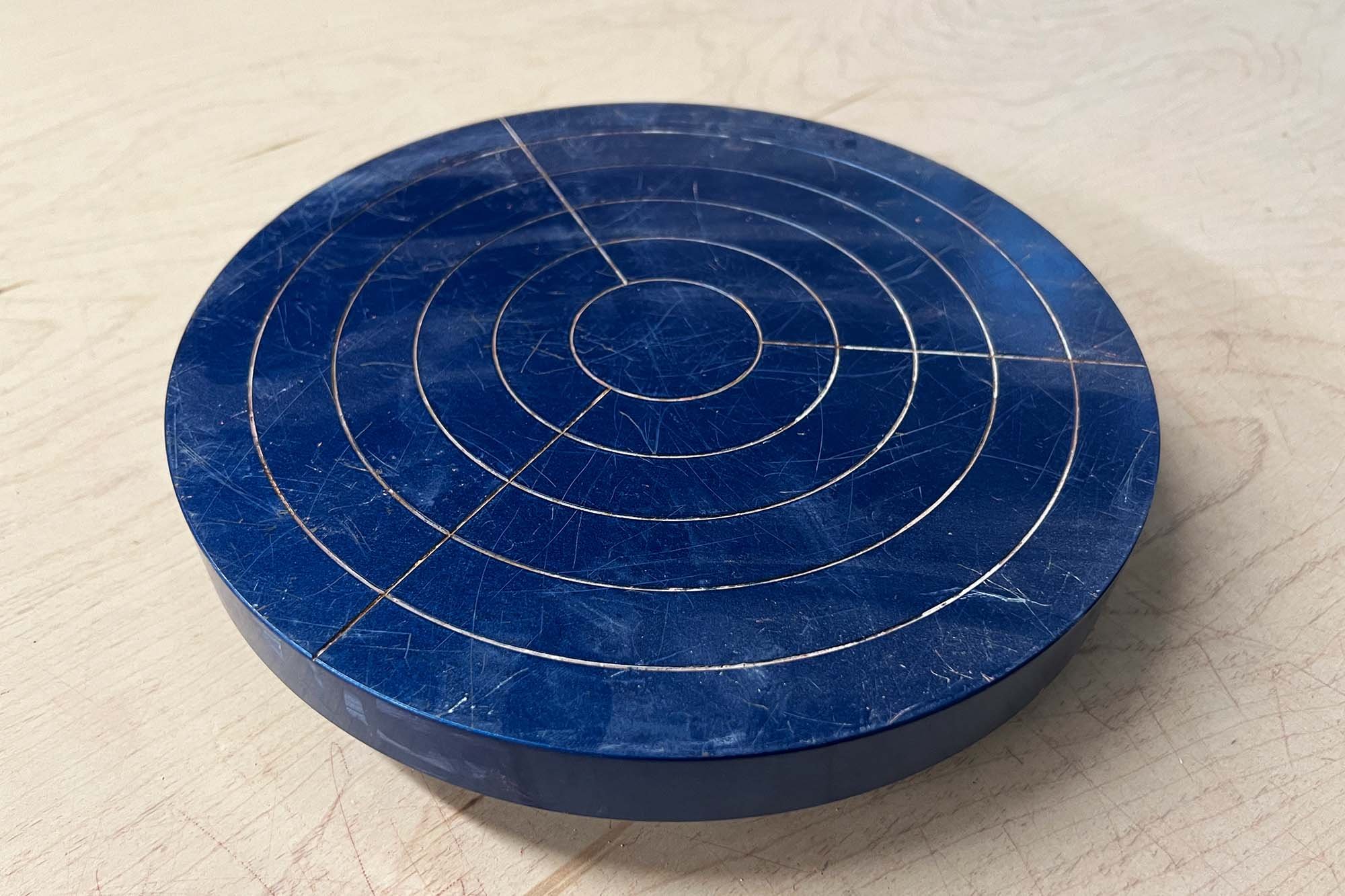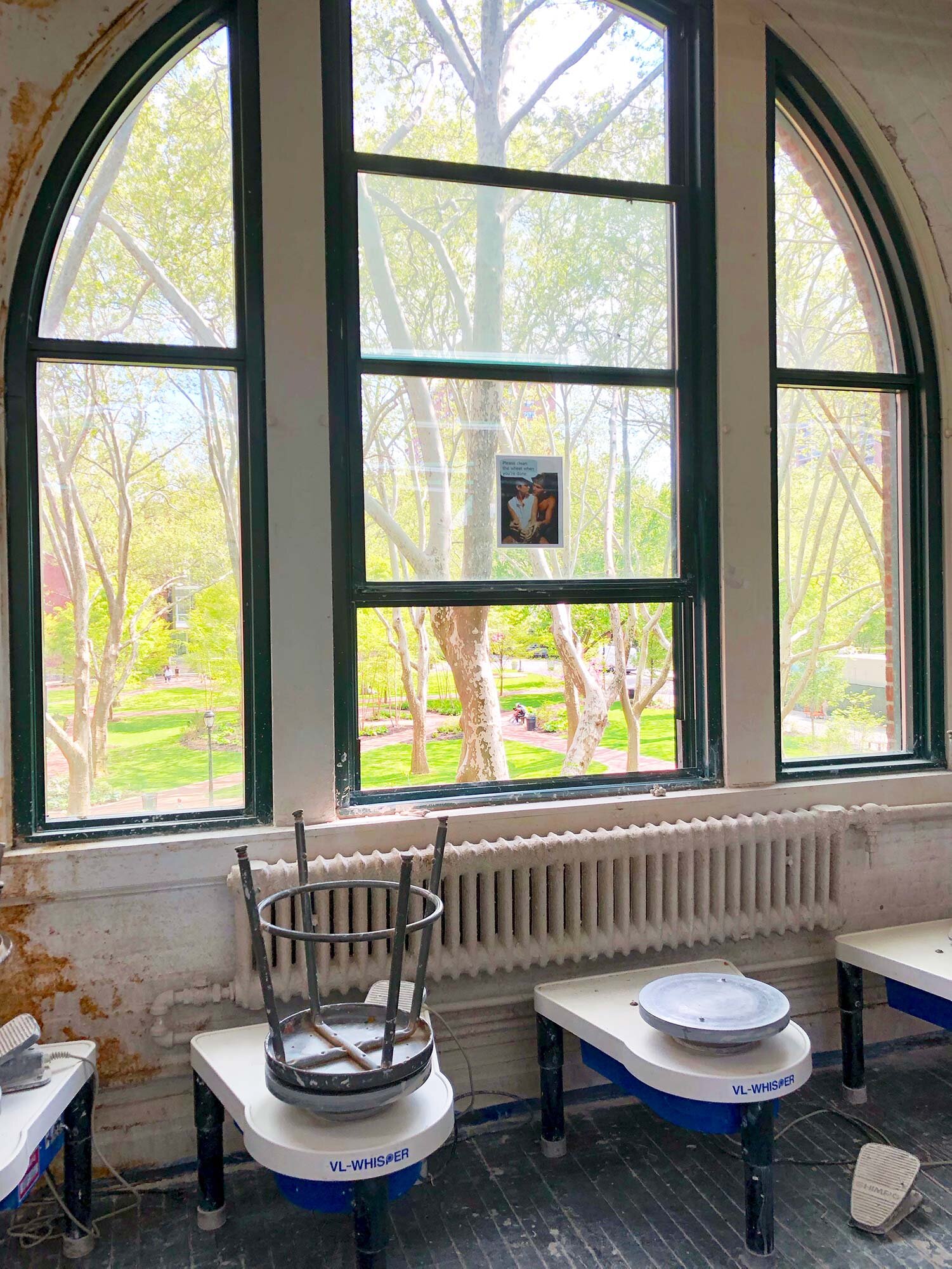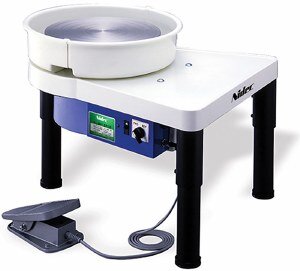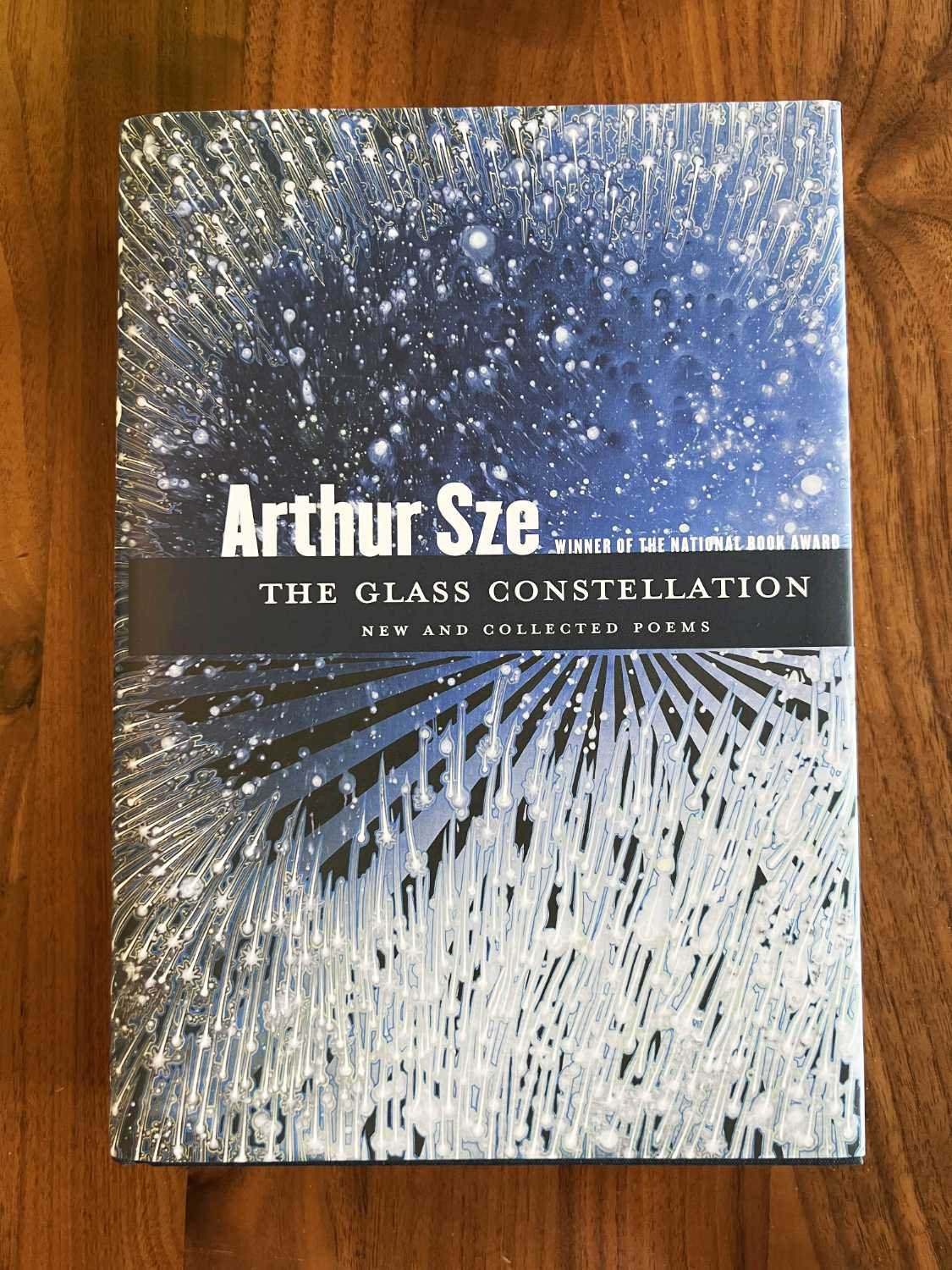It’s now possible to create your own do-it-yourself ceramics “degree” by utilizing online and text resources. Most of this content is new in the past 5 to 10 years, giving those interested in this medium an unprecedented ability to learn the techniques, history, and critical theory necessary to understand the field of ceramics.
This post will detail videos, books, and more that I believe can give you much of the technical and historical references you might find being taught in an undergraduate ceramics program.
That’s not to say that a DIY program is a complete replacement for in-person learning. I still spend part of each week teaching and demonstrating in academic studios, and the things that happen there are important to one’s development as an artist. These include group discussions and critiques, getting real-time feedback on technical challenges, and learning and sharing from others who are at the same stage.
So with the very large caveat that I believe in-person experiences are vitally important to growth as an artist and maker, here are the resources I believe would make up a DIY ceramics degree:
Techniques and Tutorials
Videos and books to get you up to speed on materials and techniques.
Understanding Pottery series from Washington Street Studios
Understanding Pottery is a 43-part YouTube series posted in 2020 that starts with the video What is Clay? and proceeds to cover every part of the ceramics process in great detail and depth in an approachable lecture format. Even seasoned ceramic artists (talking about myself here!) will learn a few things when watching these videos. Think of these videos as a replacement for a clay and glaze class.
The videos were produced by Washington Street Studios in Bolivar, West Virginia USA.
Click here to see the entire Understanding Pottery playlist.
Washington Street Studios has a few other playlists which can be found here.
John Britt Online Glaze Course
Noted author and glaze formulator John Britt has a 34-part and growing Online Glaze Course posted on YouTube. Started in 2020, Britt continues to expand and update the playlist with more videos. A wealth of knowledge is shared via these videos, and gives a sense of what you might encounter in Britt’s books and in-person glaze classes, and if you watch the whole series, you will most likely have covered more glaze information than is taught in an undergraduate ceramics program!
Click here to see the entire John Britt Online Glaze Course.
Florian Gadsby: Beginner’s Guide to How to Throw a Pot
Florian Gadsby is one of the most popular potters on YouTubes, and is known for numerous, high-quality instructional videos about making pottery and glaze. One playlist, A Beginner’s Guide to Throwing a Pot, is a multi-part series that covers all aspects of getting started on the pottery wheel.
The first video is posted above, or check out the entire playlist here.
Other online references
In addition to the three playlists cited above, there are numerous YouTube, TikTok, Instagram and other online videos that cover just about every aspect of the ceramic process including handbuilding, loading kilns, centering, etc. There are too many to list here, but just search your favorite platform and you’ll be sure to find the advice you need.
Glazy.org is an amazing website full of user-generated glaze recipes and photos. If you are ready to mix your own glazes or are looking for reference images, it’s a great source.
Digitalfire.com is an expansive website written by Tony Hansen. Full of tips, techniques, formulas, recipes, and more, it’s like an ever-expanding ceramic textbook. It’s not necessarily ideal to just browse, but is extremely useful if you have specific questions or are struggling with technical glaze challenges. Just search the site for whatever you are trying to figure out, especially with glazes, materials, and firing.
Textbooks, Ceramic History, and more
Sometimes (often?) it’s better to have a physical reference. Below are a few practical books to start building a reference library in your home and studio.
The Workshop Guide to Ceramics
Academic textbooks focusing on making ceramics are mostly out of print, but you can still find them available used. One of my favorites is The Workshop Guide to Ceramics by Anthony Quinn and Duncan Hooson from 2012. It’s a comprehensive and well-illustrated text that covers all the basics. It seems that a 2017 paperback edition of the book that is the same information but is called Ceramics: The Indispensable Guide, is still in print.
For more textbook recommendations, check out this guide to Ceramic Textbooks from 2020.
The Ceramics Reader
Originally published in 2017, this is a great overview of important texts and ideas relating to contemporary ceramics. I wish this had been around when I was in school! To me, the existence of this book helps solidify the critical foundation of the field of ceramics and hopefully helps build and maintain serious discourse around this medium.
Edited by Andrew Livingstone and Kevin Petrie, the book seems to have limited available at some online shops. Hopefully it stays in print!
Paul Mathieu lectures on the history of ceramics
Departing from books a bit, there is great series of 14 lectures on the history of ceramics from artist and educator Paul Mathieu. The YouTube playlist is titled “Ceramics! The Art of the Future?" and is equivalent to a semester-long ceramic history lecture series. View the first video below or click here for the full playlist. (Mathieu is also known for his great 2003 book Sex Pots: Eroticism in Ceramics)
Ceramic, Art & Civilisation
This 2021 book by Paul Greenhalgh is thicker than most art history textbooks and while it is sort of an academic text, I found it to be a very approachable and entertaining read that covers the entire history of the ceramic medium. With amazing images throughout, Greenhalgh is an engaging companion on this journey that should appeal to anyone interested in clay and ceramics.
Artist Profiles and Conversations
Too numerous to mention them all, but there are now lots of catalogues of museum shows, video interviews, and podcast conversations that can provide you with detailed information about individual ceramic artists from throughout history and today. It is truly a golden time to be interested in learning about this medium.
Here are a few places I check often:
The Brickyard Network: A collection of podcasts (currently 8) produced by the Bray, including Tales of Red Clay Rambler, Clay in Color, For Flux Sake, and more. brickyardnetwork.org
Craft in America: Videos from the PBS show, which features artists from a variety of mediums: youtube.com/user/craftinamerica
Art 21: Videos made for PBS and also direct to online: www.youtube.com/@art21org
For more, check out this list of Ceramic Podcasts from 2022.
Conclusion
If you take the time to watch, listen, and read all the resources detailed above, you’ll be well on your way to “earning” a DIY Ceramics Degree! But there is always more to learn and share. If there is something that you think would make a great addition to this list, let us know in the comments.






